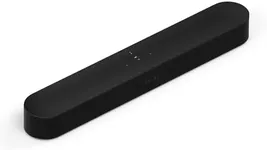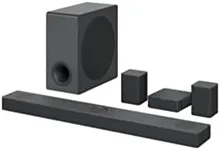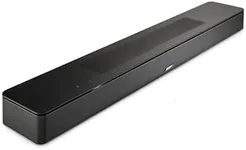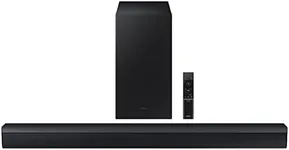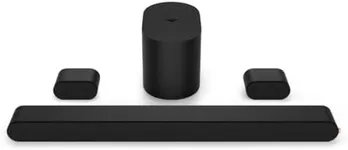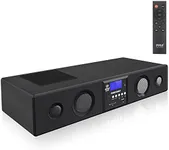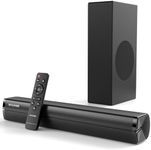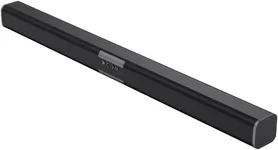Buying Guide for the Best Loud Sound Bar
Choosing the right soundbar can significantly enhance your audio experience, whether you're watching movies, playing games, or listening to music. A soundbar is a compact speaker system that can deliver high-quality sound without the need for a complex home theater setup. To find the best soundbar for your needs, it's important to understand the key specifications and how they impact performance. Here are the main specs to consider when selecting a soundbar.Sound ChannelsSound channels refer to the number of separate audio channels a soundbar can produce. Common configurations include 2.0, 2.1, 3.1, 5.1, and even 7.1. A 2.0 system has two channels (left and right), while a 2.1 system adds a subwoofer for bass. Higher numbers like 5.1 and 7.1 include additional channels for surround sound. If you want a more immersive experience, especially for movies and gaming, opt for a soundbar with more channels. For basic TV watching or music, a 2.0 or 2.1 system may suffice.
WattageWattage measures the power output of the soundbar, which affects the volume and clarity of the sound. Higher wattage generally means louder and clearer sound. Soundbars typically range from 20 watts to over 300 watts. If you plan to use the soundbar in a large room or for hosting parties, a higher wattage model would be beneficial. For smaller rooms or casual listening, a lower wattage soundbar should be adequate.
Connectivity OptionsConnectivity options determine how you can connect the soundbar to your TV and other devices. Common options include HDMI ARC, optical input, Bluetooth, and Wi-Fi. HDMI ARC provides the best audio quality and allows for easy control with your TV remote. Optical input is also good for high-quality sound. Bluetooth and Wi-Fi enable wireless streaming from your phone or other devices. Choose a soundbar with the connectivity options that match your devices and how you plan to use it.
SubwooferA subwoofer is a speaker designed to reproduce low-frequency sounds, adding depth and richness to the audio. Some soundbars come with a built-in subwoofer, while others include a separate, often wireless, subwoofer. If you enjoy bass-heavy music or want to feel the rumble of explosions in movies, a soundbar with a subwoofer is a good choice. For more balanced audio or if space is limited, a soundbar without a subwoofer might be sufficient.
Size and DesignThe size and design of the soundbar can affect both its performance and how well it fits into your living space. Soundbars come in various lengths and heights, so measure the space where you plan to place it. A longer soundbar can provide better stereo separation, enhancing the listening experience. Additionally, consider the design and color to ensure it complements your TV and room decor. Choose a soundbar that fits well in your space and matches your aesthetic preferences.
Smart FeaturesSmart features include built-in voice assistants like Alexa or Google Assistant, as well as compatibility with smart home systems. These features allow you to control the soundbar with voice commands and integrate it with other smart devices in your home. If you already use smart home technology or want the convenience of voice control, look for a soundbar with these capabilities. If you prefer a simpler setup, a soundbar without smart features will still provide excellent audio quality.




